Home>Gardening & Outdoor>Landscaping Ideas>When Does Annual Ryegrass Die
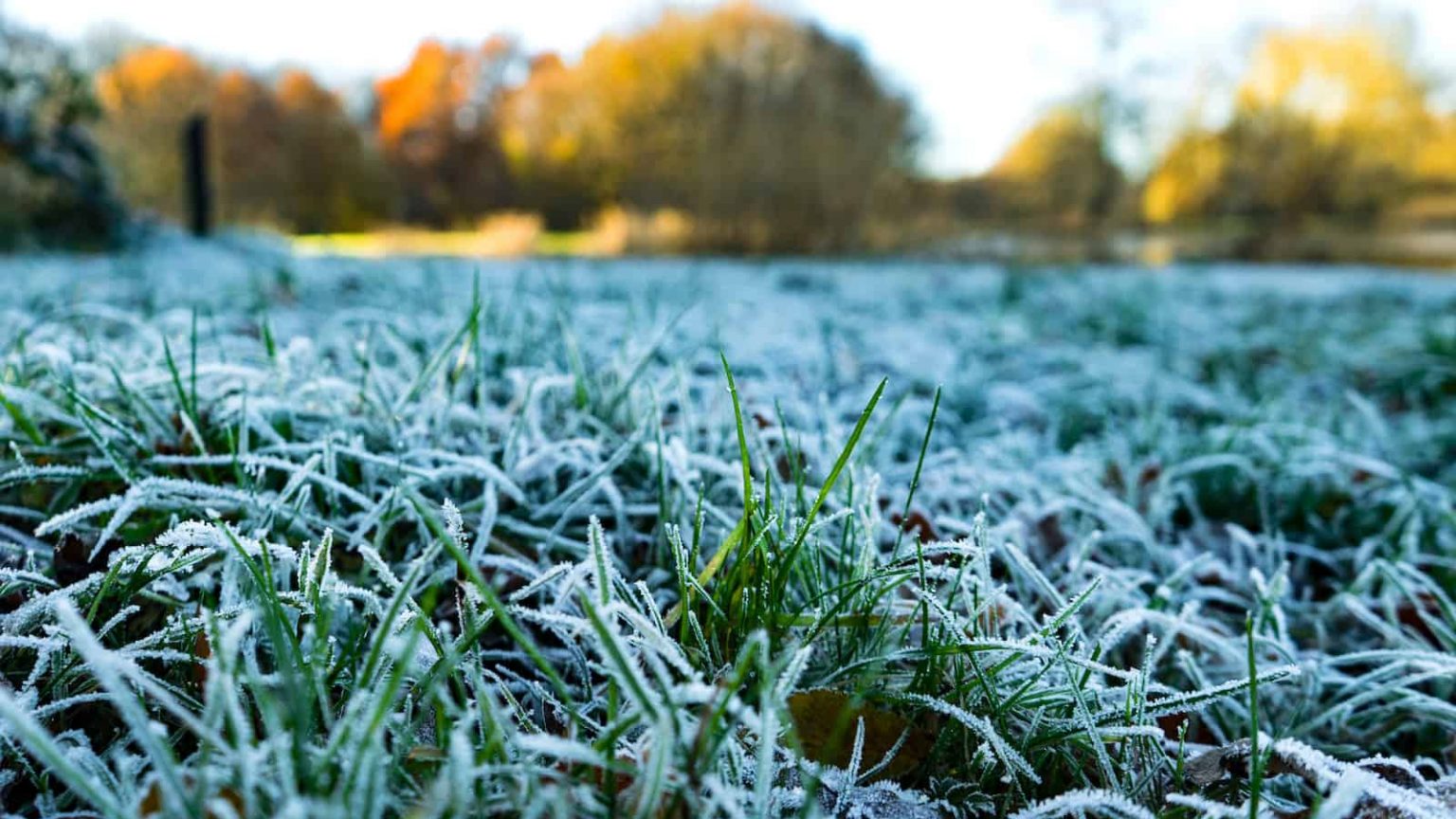

Landscaping Ideas
When Does Annual Ryegrass Die
Modified: April 1, 2024
Discover when annual ryegrass dies and how it affects your landscaping ideas. Learn how to manage its lifecycle for a thriving outdoor space.
(Many of the links in this article redirect to a specific reviewed product. Your purchase of these products through affiliate links helps to generate commission for Storables.com, at no extra cost. Learn more)
Introduction
Welcome to the fascinating world of annual ryegrass, a versatile and resilient grass species commonly used in landscaping and agriculture. Understanding the life cycle and environmental factors influencing the survival of annual ryegrass is crucial for landscaping enthusiasts, farmers, and anyone intrigued by the intricate dynamics of plant life. This article delves into the intriguing question: when does annual ryegrass die? By exploring the life cycle, environmental influences, and critical factors affecting its survival, we unravel the complex journey of this remarkable grass species.
Annual ryegrass, scientifically known as Lolium multiflorum, is renowned for its rapid growth and adaptability to various soil types and climates. Its robust nature and lush green foliage make it a popular choice for overseeding lawns, erosion control, and as a forage crop for livestock. Understanding the life cycle and environmental conditions that lead to the demise of annual ryegrass is essential for effective landscaping and agricultural practices. Let’s embark on a captivating exploration of the life and eventual decline of this resilient grass species.
Key Takeaways:
- Annual ryegrass goes through stages of growth, from sprouting to seed production, before eventually dying. Understanding these stages helps landscapers and farmers manage it effectively.
- Factors like soil quality, water availability, and extreme weather can affect annual ryegrass survival. By addressing these factors, practitioners can help the grass thrive in diverse environments.
Read more: When Does Grass Start Dying
Life Cycle of Annual Ryegrass
The life cycle of annual ryegrass is a captivating journey marked by distinct stages, each contributing to its overall growth and eventual decline. This resilient grass species follows a pattern that begins with germination, progresses through vigorous growth and development, and culminates in the production of seeds for the next generation. Understanding these stages is essential for effectively managing annual ryegrass in landscaping and agricultural settings.
Germination: Annual ryegrass seeds typically germinate when soil temperatures are conducive, usually in the fall or early spring. Adequate soil moisture and favorable temperatures prompt the seeds to sprout, initiating the growth cycle.
Vegetative Growth: Following germination, annual ryegrass undergoes a phase of vigorous vegetative growth, characterized by the development of lush, green foliage. This growth phase is crucial for establishing a dense, vibrant turf or providing ample forage for grazing animals.
Reproductive Stage: As the plant matures, it transitions into the reproductive stage, marked by the emergence of seed heads. These seed heads contain the genetic material essential for the perpetuation of the species, ensuring the continuity of annual ryegrass in the ecosystem.
Seed Production: Once the reproductive phase concludes, annual ryegrass devotes its energy to producing seeds. This stage is pivotal for the species’ survival, as it ensures the dispersal of seeds for subsequent germination cycles.
Understanding the life cycle of annual ryegrass provides valuable insights into its growth patterns and reproductive behavior. This knowledge forms the foundation for effective management strategies and aids in predicting the eventual decline of the grass species as it completes its life cycle.
Factors Affecting Annual Ryegrass Survival
The survival of annual ryegrass is influenced by a myriad of factors that collectively shape its ability to thrive in diverse environments. Understanding these factors is essential for optimizing its growth and longevity in landscaping and agricultural applications. From soil conditions to management practices, several key elements impact the survival and overall health of annual ryegrass.
Soil Quality: The quality and composition of the soil play a pivotal role in determining the success of annual ryegrass. Well-drained, fertile soils with adequate organic matter provide an optimal environment for robust growth and sustained survival.
Water Availability: Adequate water availability is essential for the establishment and continued vitality of annual ryegrass. Insufficient moisture can impede germination and hinder the grass’s ability to thrive, while excessive waterlogging may lead to root rot and diminished survival rates.
Temperature and Climate: Annual ryegrass exhibits adaptability to a range of temperatures and climates, but extreme conditions can impact its survival. While this grass species can withstand moderate cold and heat, prolonged exposure to severe weather conditions may compromise its resilience.
Pest and Disease Management: Effective pest and disease management practices are crucial for safeguarding annual ryegrass from potential threats. Regular monitoring and proactive measures help mitigate the impact of pests and diseases, contributing to its sustained survival.
Nutrient Availability: Adequate nutrient availability, particularly nitrogen, is vital for the robust growth and survival of annual ryegrass. Balanced fertilization practices and soil amendments play a pivotal role in ensuring optimal nutrient levels for sustained vitality.
Management Practices: Thoughtful management practices, including mowing, overseeding, and irrigation, directly influence the survival of annual ryegrass. Proper timing and execution of these practices contribute to the grass’s resilience and long-term viability.
By comprehensively addressing these factors, landscapers and agricultural professionals can optimize the conditions for annual ryegrass, enhancing its survival and overall health. Understanding the intricate interplay of these elements is fundamental to fostering the enduring presence of this resilient grass species.
Annual ryegrass typically dies off in late spring or early summer as temperatures rise. It is an annual grass, meaning it completes its life cycle in one year. Keep an eye on the weather and plan for its removal before it goes to seed.
Environmental Conditions for Annual Ryegrass Death
Despite its resilience, annual ryegrass is susceptible to specific environmental conditions that can contribute to its eventual decline and demise. Understanding these factors is crucial for predicting and mitigating the circumstances that may lead to the death of this versatile grass species. By recognizing the environmental conditions that pose a threat to annual ryegrass, landscaping and agricultural practitioners can implement proactive measures to sustain its vitality and longevity.
Extreme Temperatures: Prolonged exposure to extreme temperatures, whether excessively high or low, can significantly impact the survival of annual ryegrass. Severe heat stress or frost damage can weaken the grass, leading to diminished vigor and, in some cases, mortality.
Drought Conditions: Extended periods of drought pose a considerable risk to the survival of annual ryegrass. Insufficient moisture availability can impede its growth and vitality, ultimately leading to desiccation and death if the drought persists unabated.
Waterlogging: Conversely, waterlogged or poorly drained soils can create conditions detrimental to annual ryegrass survival. Excessive moisture saturation can lead to root suffocation and increased susceptibility to diseases, potentially resulting in the grass’s demise.
Pest Infestations: Severe pest infestations, such as grasshoppers or armyworms, can inflict substantial damage to annual ryegrass, compromising its ability to survive. Timely pest management interventions are essential for preventing extensive damage that could lead to the grass’s decline.
Disease Outbreaks: Outbreaks of fungal diseases, such as gray leaf spot or crown rust, can pose a significant threat to annual ryegrass survival. Effective disease management practices are crucial for mitigating the impact of such outbreaks and preserving the grass’s health.
Soil Compaction: Soil compaction can hinder root development and nutrient uptake, ultimately affecting the survival of annual ryegrass. Addressing soil compaction through appropriate cultivation and aeration practices is essential for sustaining the grass’s vitality.
By recognizing and addressing these environmental conditions, practitioners can proactively safeguard annual ryegrass from potential threats, thereby prolonging its lifespan and ensuring its continued presence in diverse landscaping and agricultural settings.
Conclusion
Annual ryegrass, with its remarkable adaptability and robust growth, embodies a captivating journey from germination to eventual decline. Understanding the intricate interplay of factors influencing its survival is paramount for anyone seeking to harness the full potential of this resilient grass species in landscaping and agriculture.
By comprehending the life cycle of annual ryegrass, including its stages of germination, vegetative growth, reproduction, and seed production, practitioners gain valuable insights into its growth patterns and reproductive behavior. This knowledge serves as a foundation for effective management strategies and aids in predicting the eventual decline of the grass species as it completes its life cycle.
Factors affecting annual ryegrass survival, such as soil quality, water availability, temperature, pest and disease management, nutrient levels, and management practices, collectively shape its ability to thrive in diverse environments. By addressing these factors thoughtfully, practitioners can optimize the conditions for annual ryegrass, enhancing its survival and overall health.
Furthermore, recognizing the environmental conditions that pose a threat to annual ryegrass, such as extreme temperatures, drought, waterlogging, pest infestations, disease outbreaks, and soil compaction, empowers practitioners to implement proactive measures to sustain its vitality and longevity.
In conclusion, the journey of annual ryegrass from germination to eventual decline is a testament to its resilience and adaptability. By delving into its life cycle, understanding the factors influencing its survival, and recognizing the environmental conditions that may lead to its demise, practitioners can cultivate a deeper appreciation for this versatile grass species. Armed with this knowledge, they can effectively manage and nurture annual ryegrass, ensuring its enduring presence and contribution to vibrant landscapes and thriving agricultural ecosystems.
Frequently Asked Questions about When Does Annual Ryegrass Die
Was this page helpful?
At Storables.com, we guarantee accurate and reliable information. Our content, validated by Expert Board Contributors, is crafted following stringent Editorial Policies. We're committed to providing you with well-researched, expert-backed insights for all your informational needs.
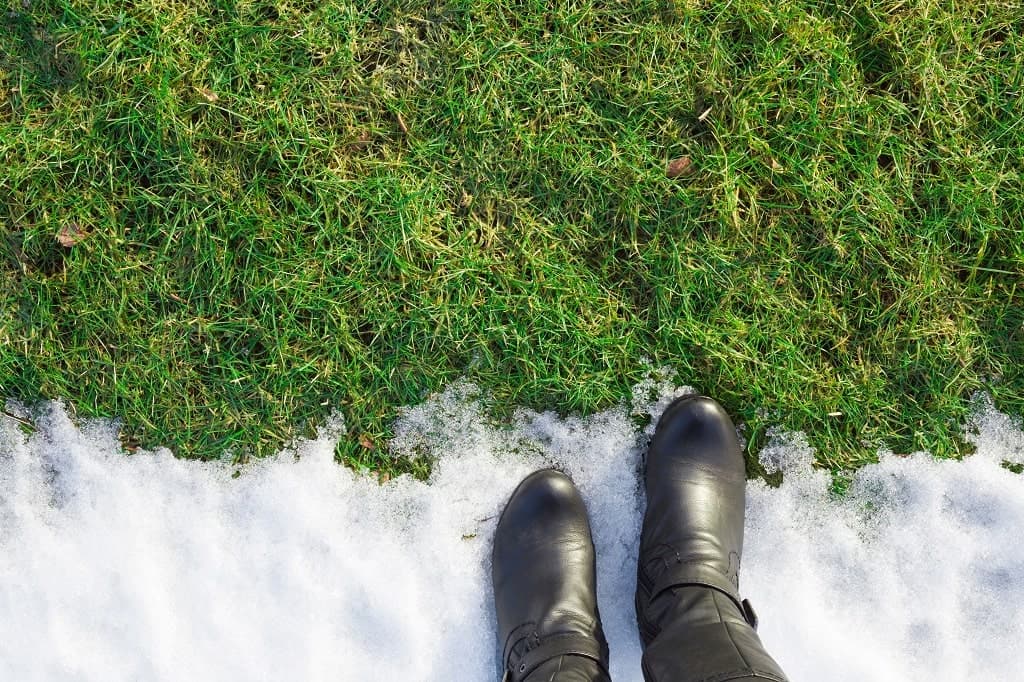
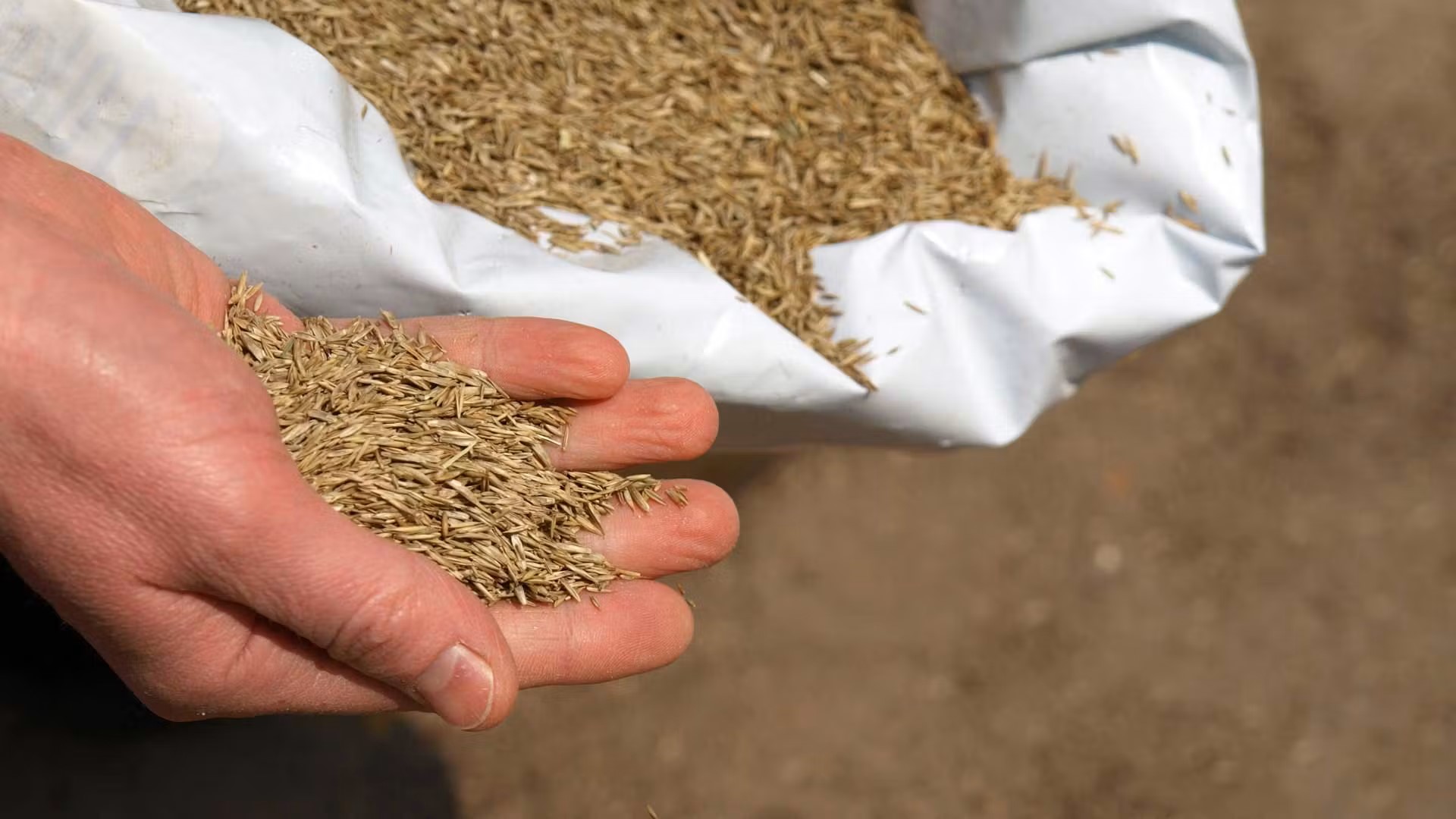
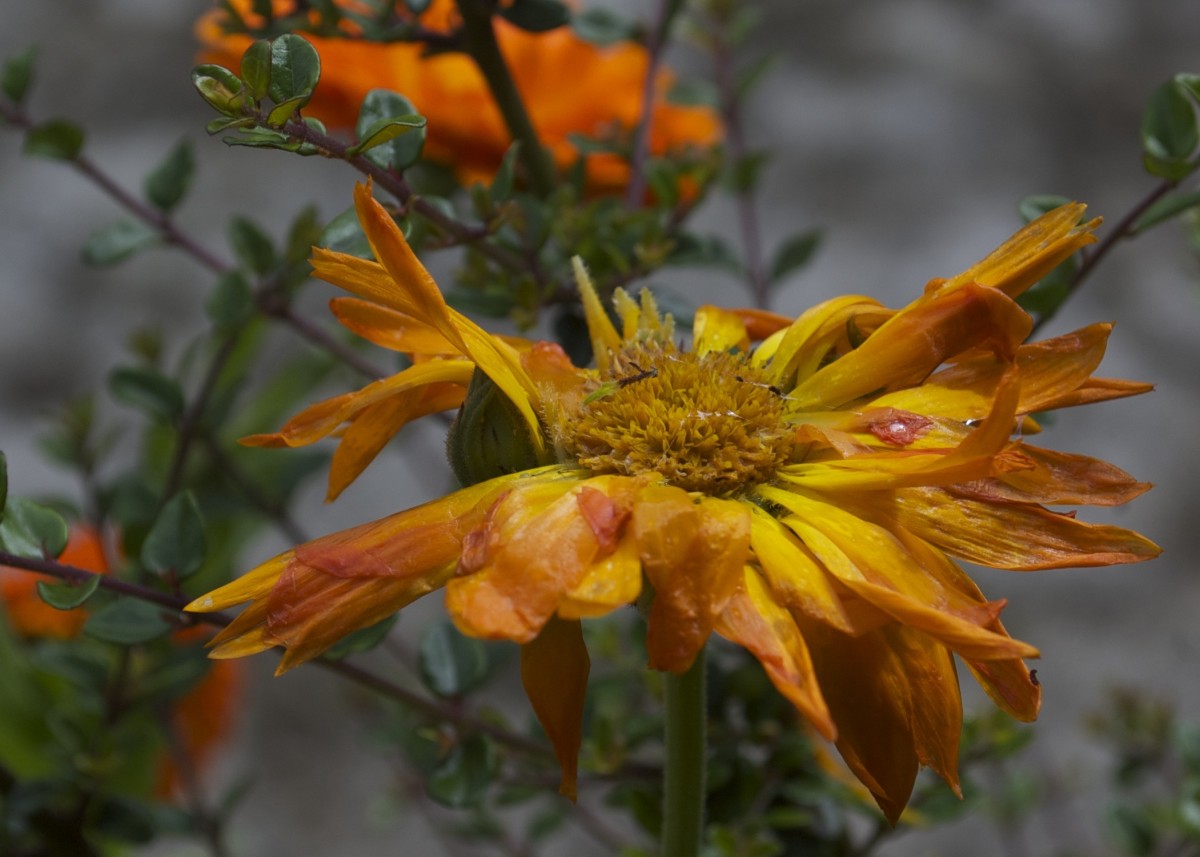
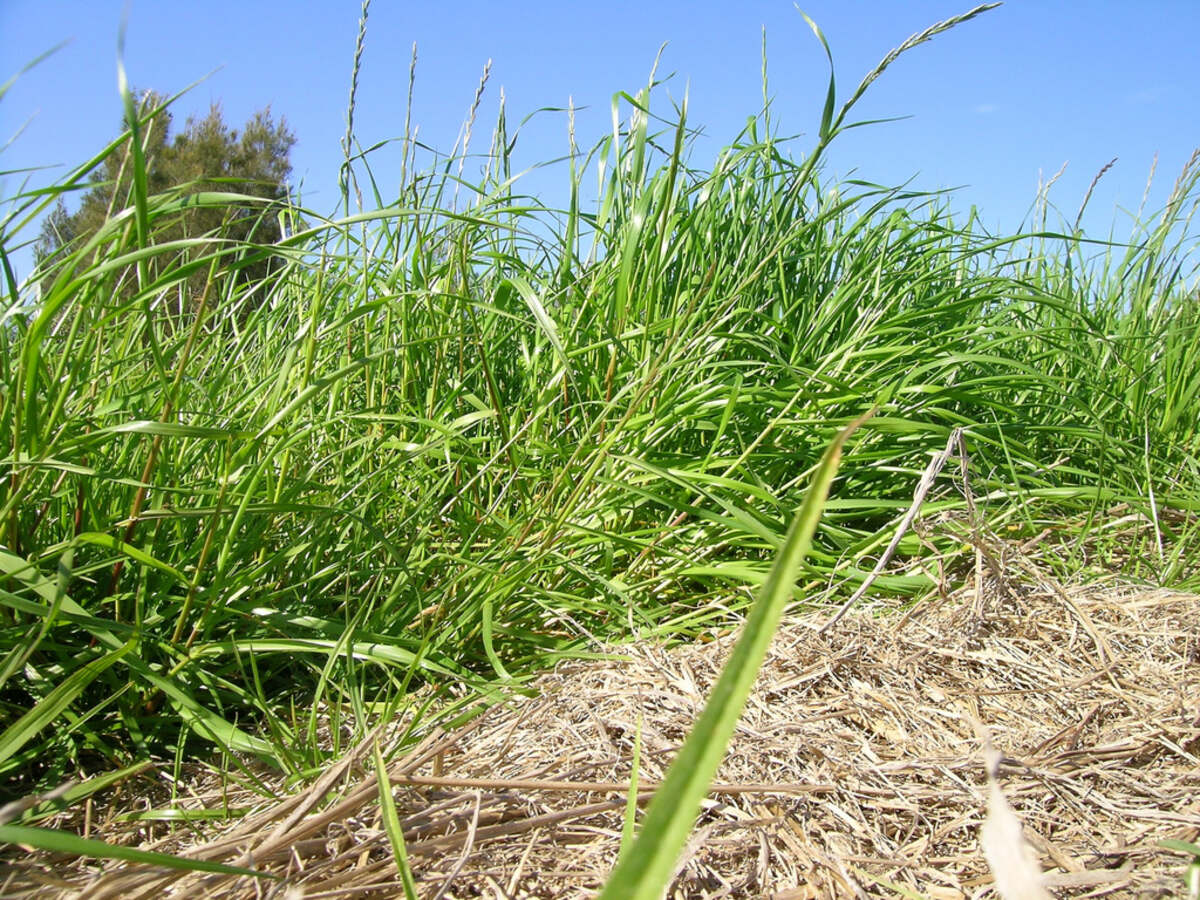
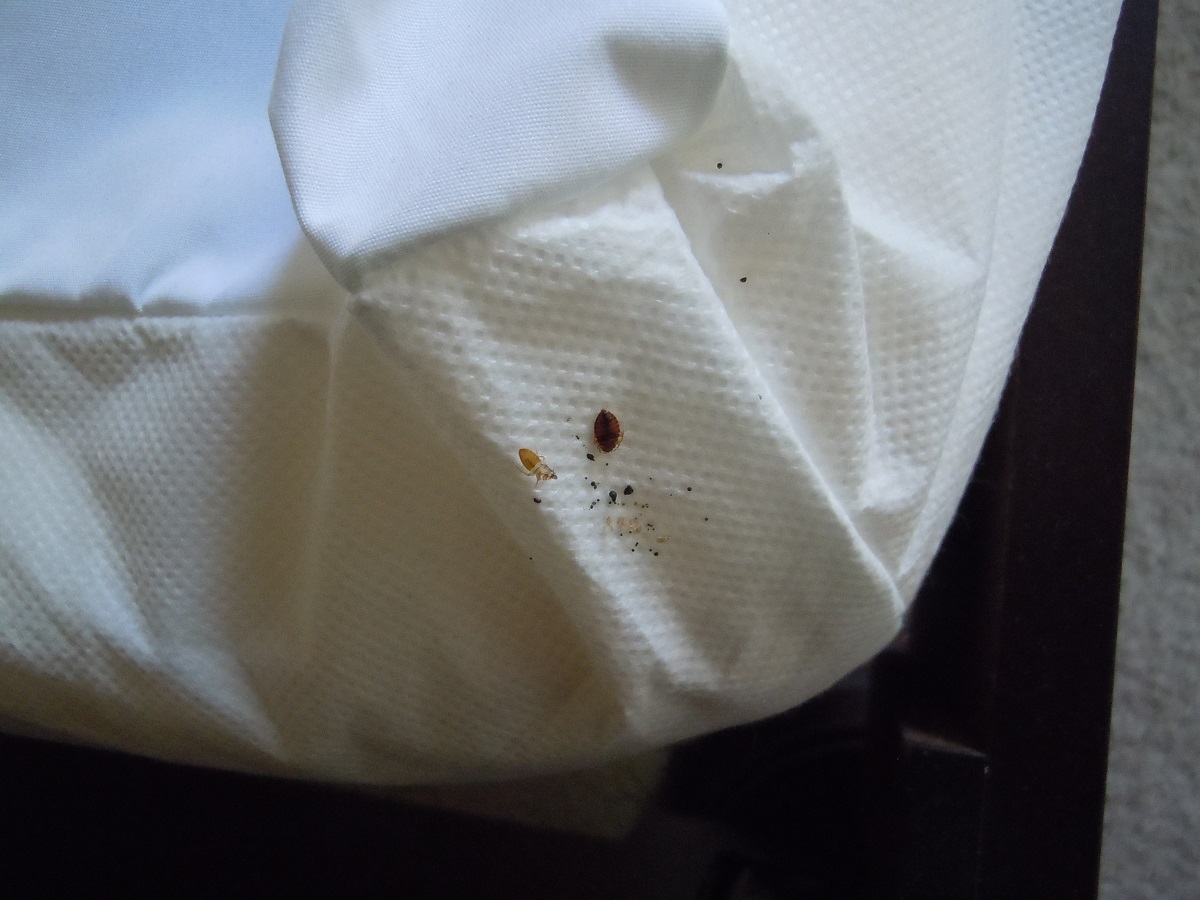
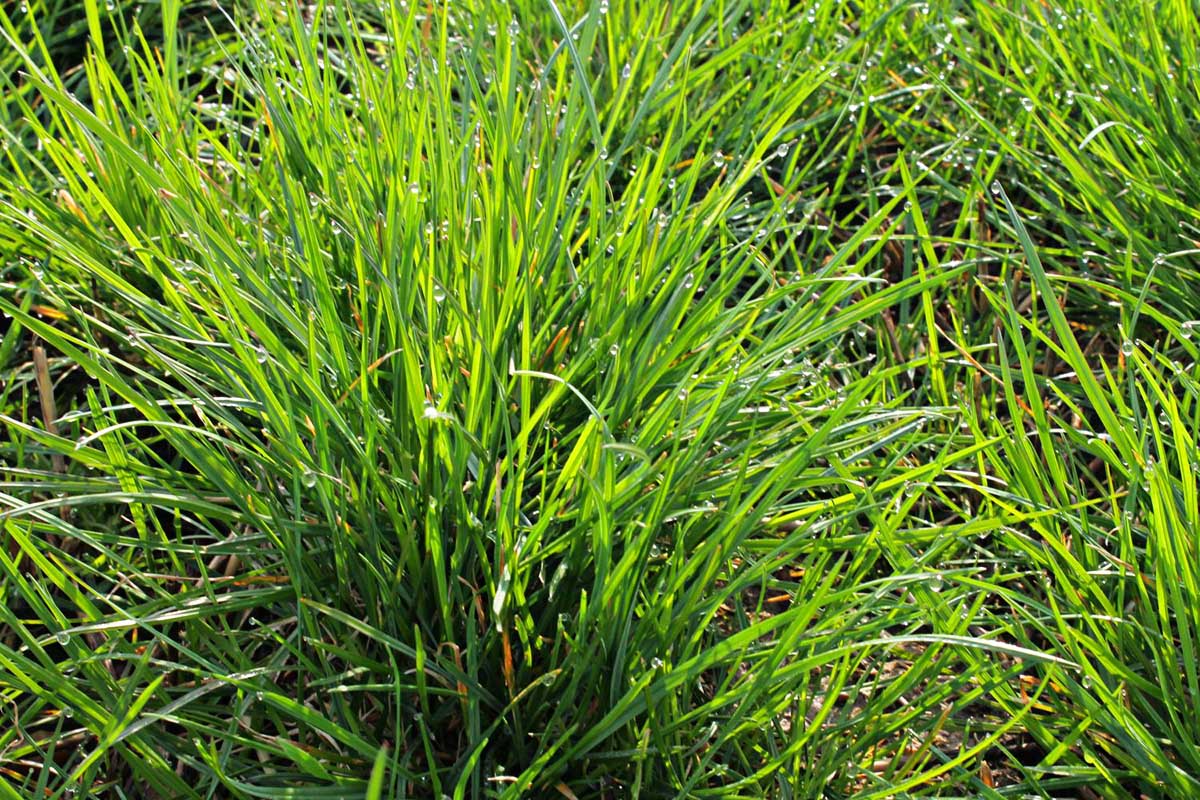
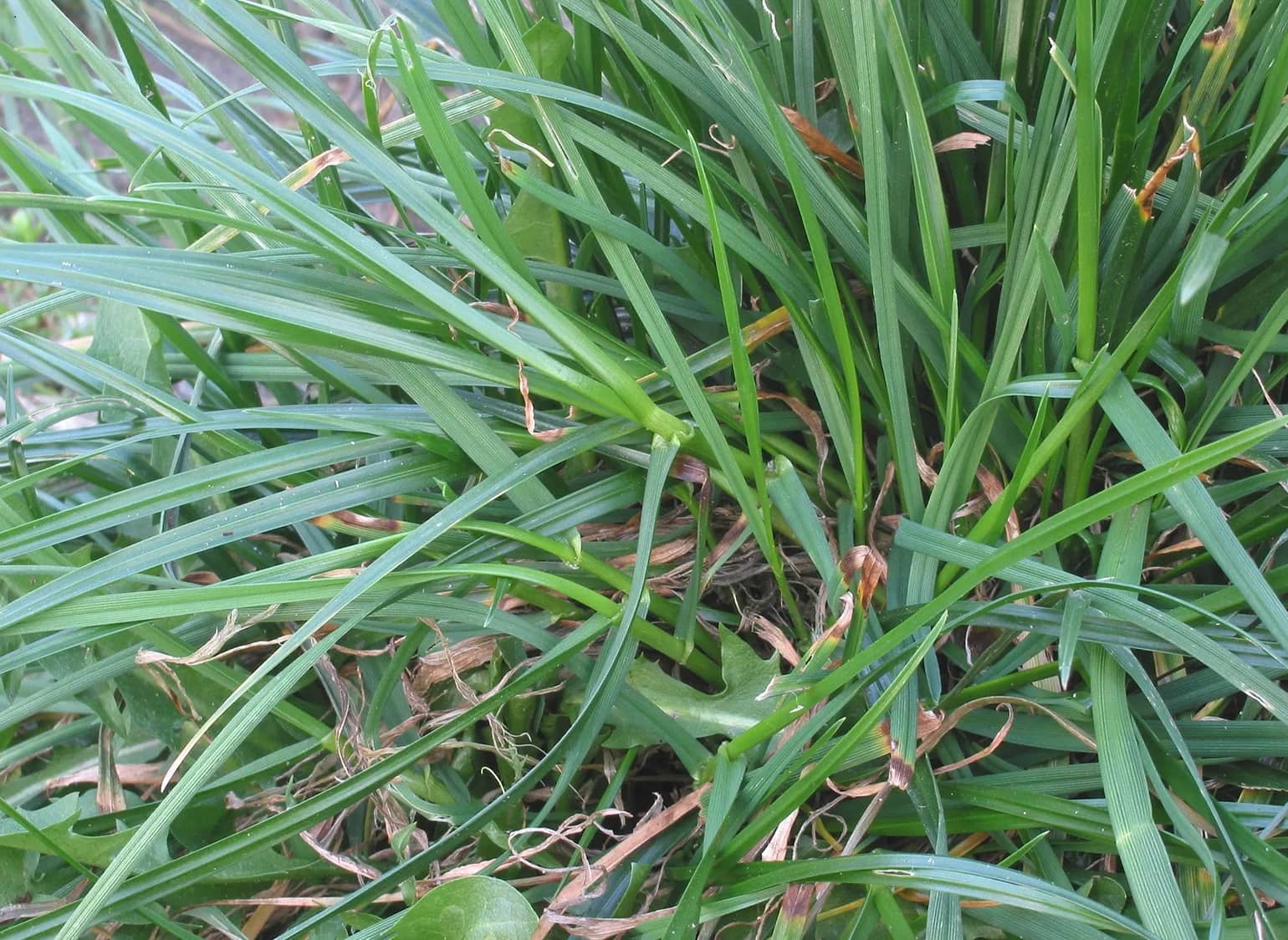
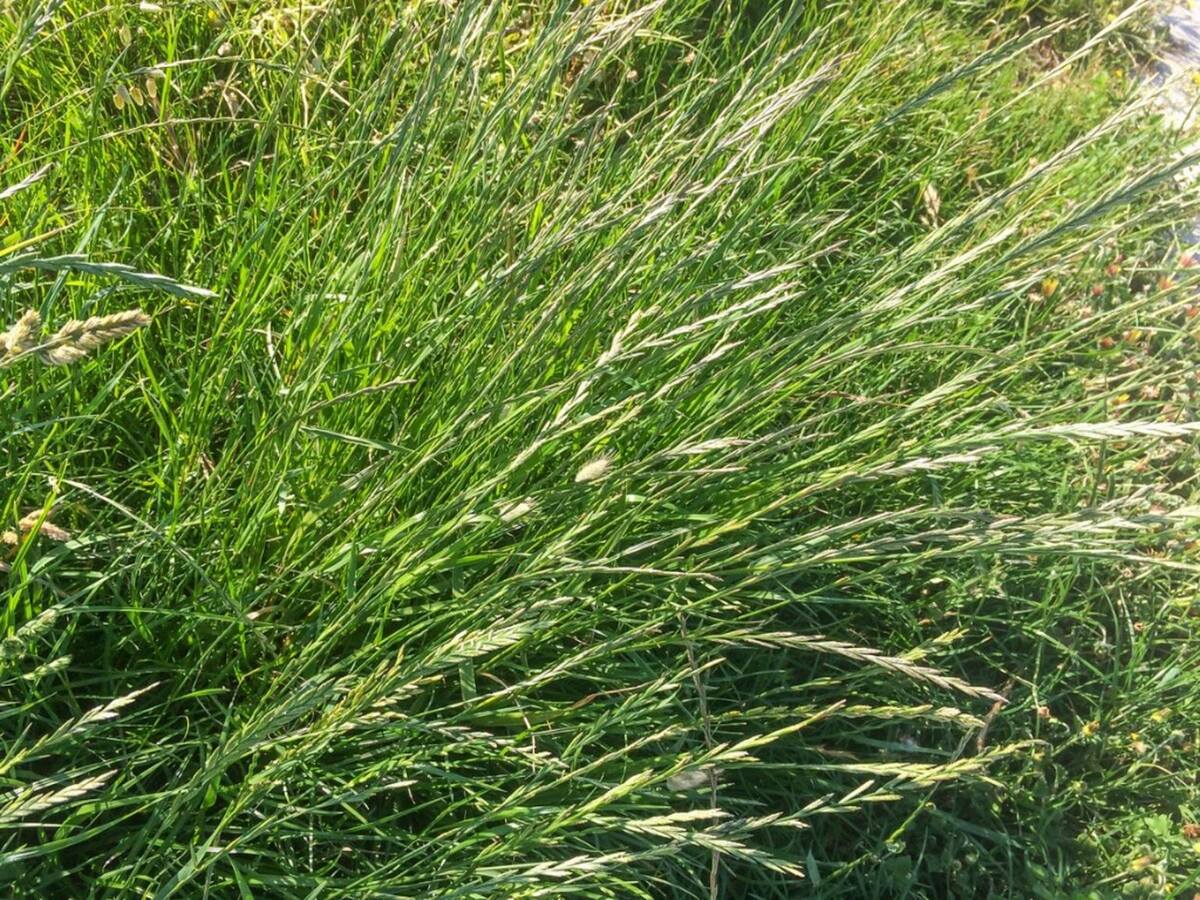
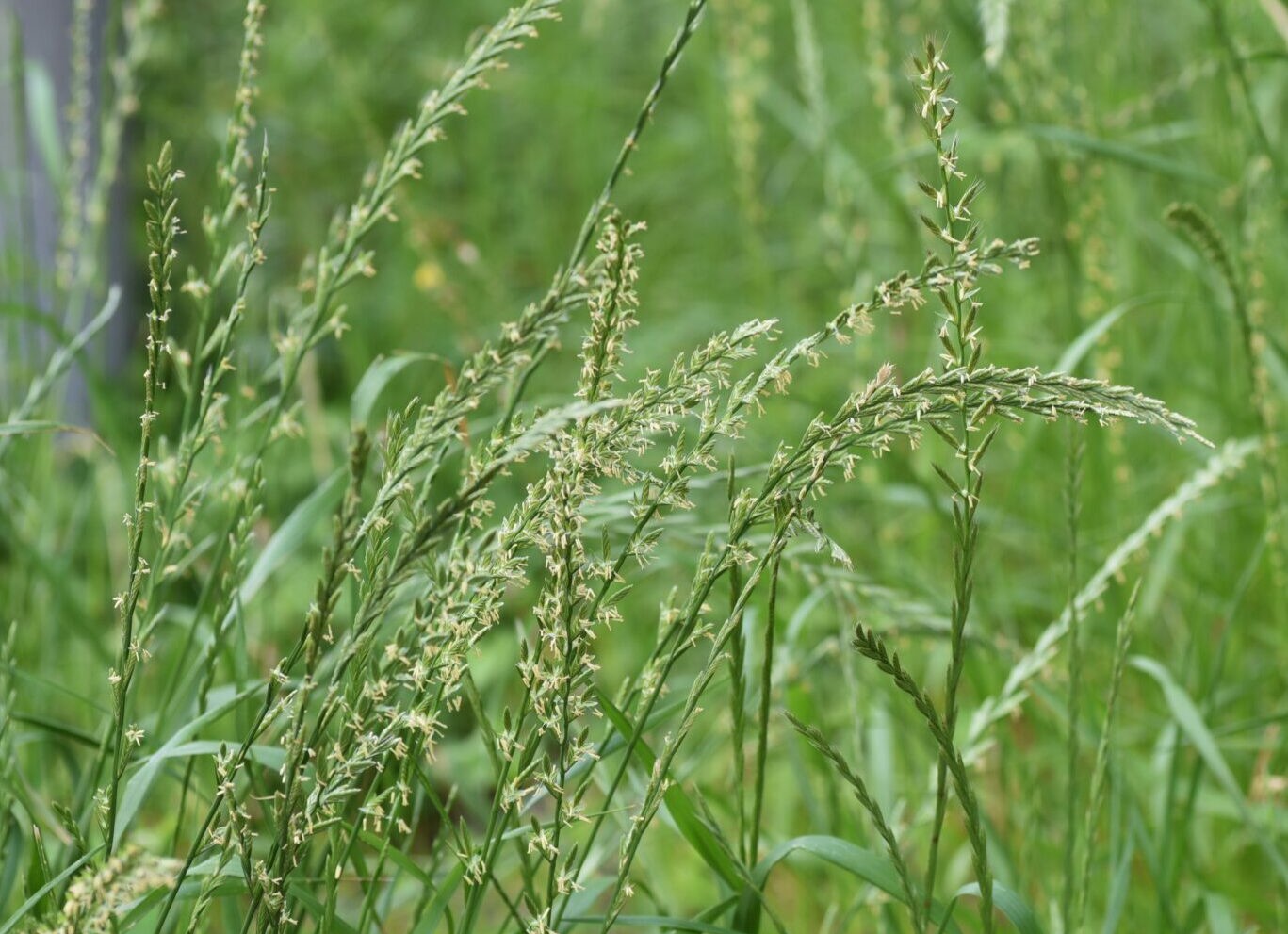
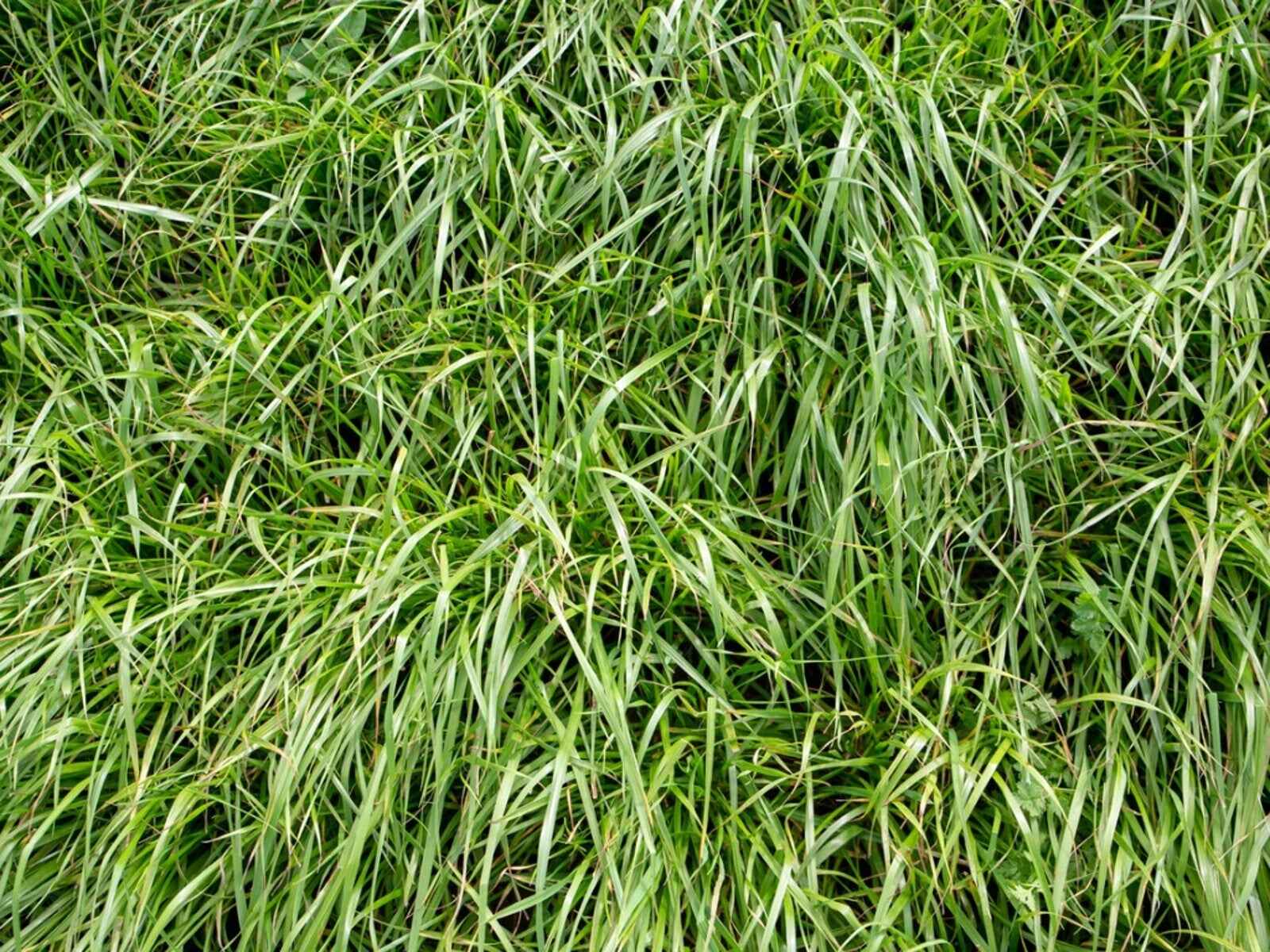
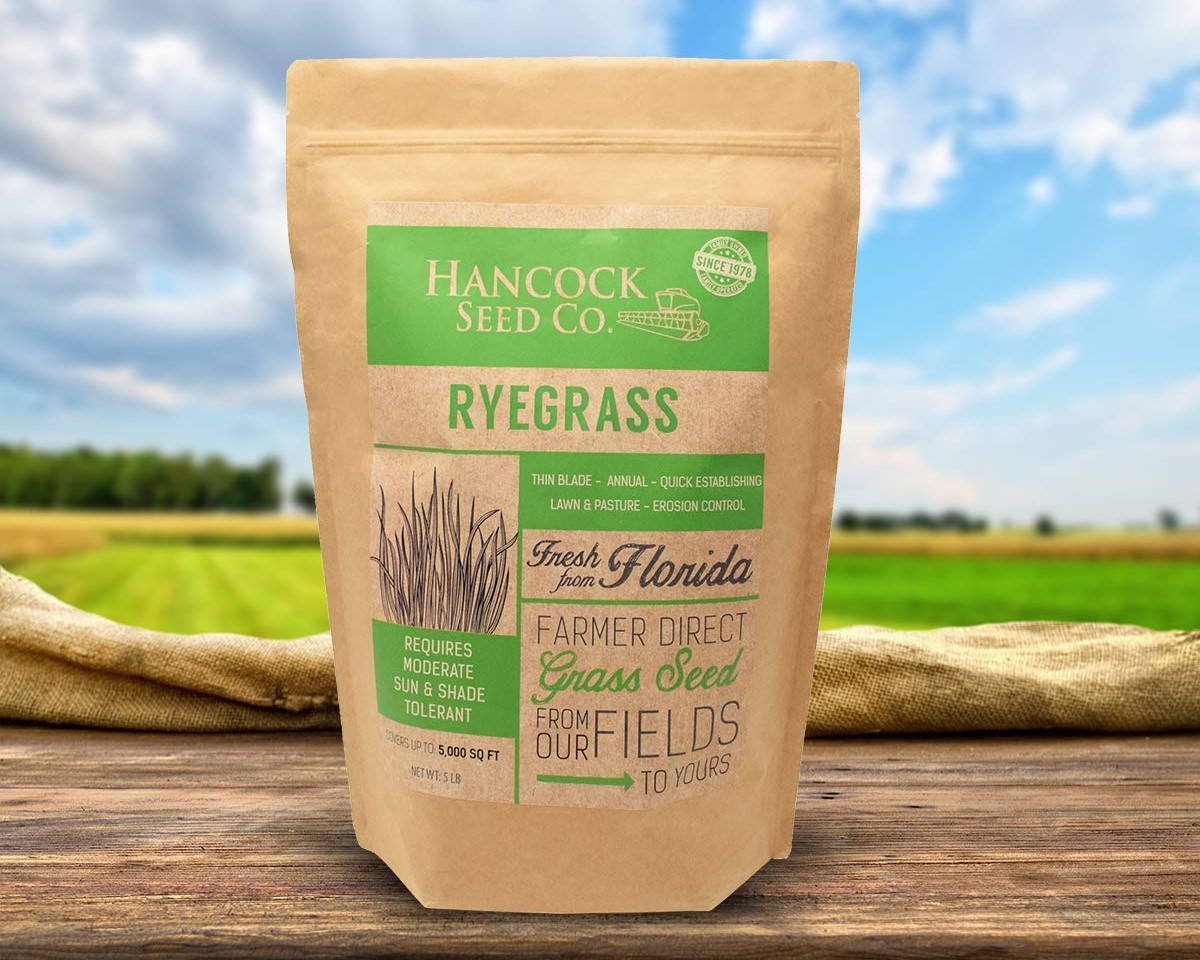
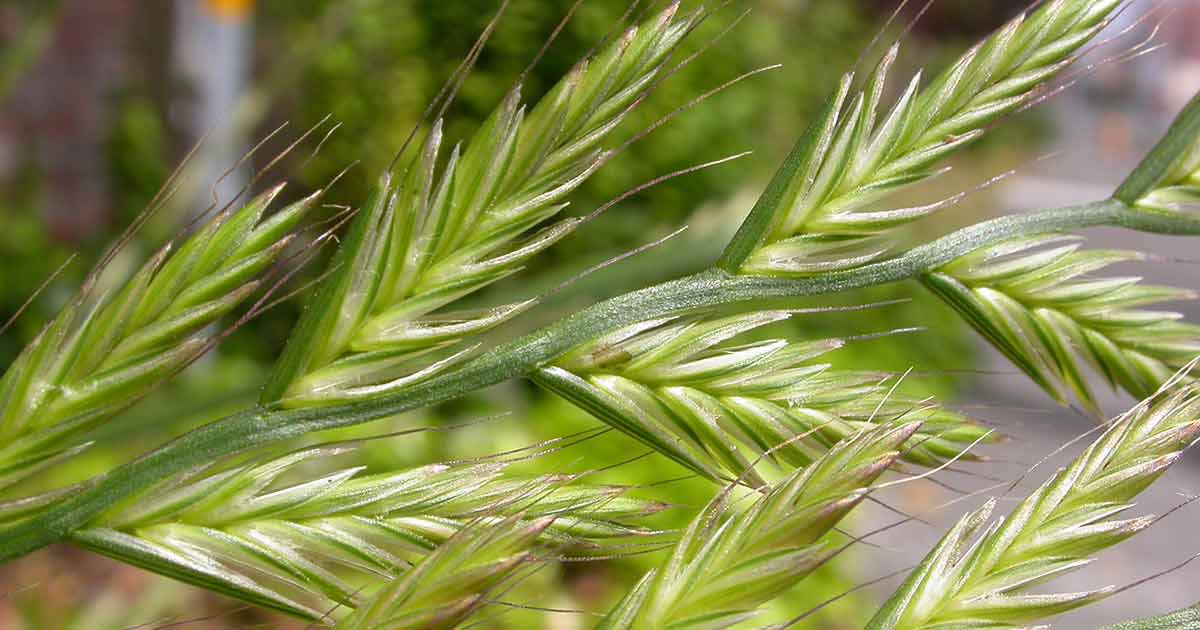
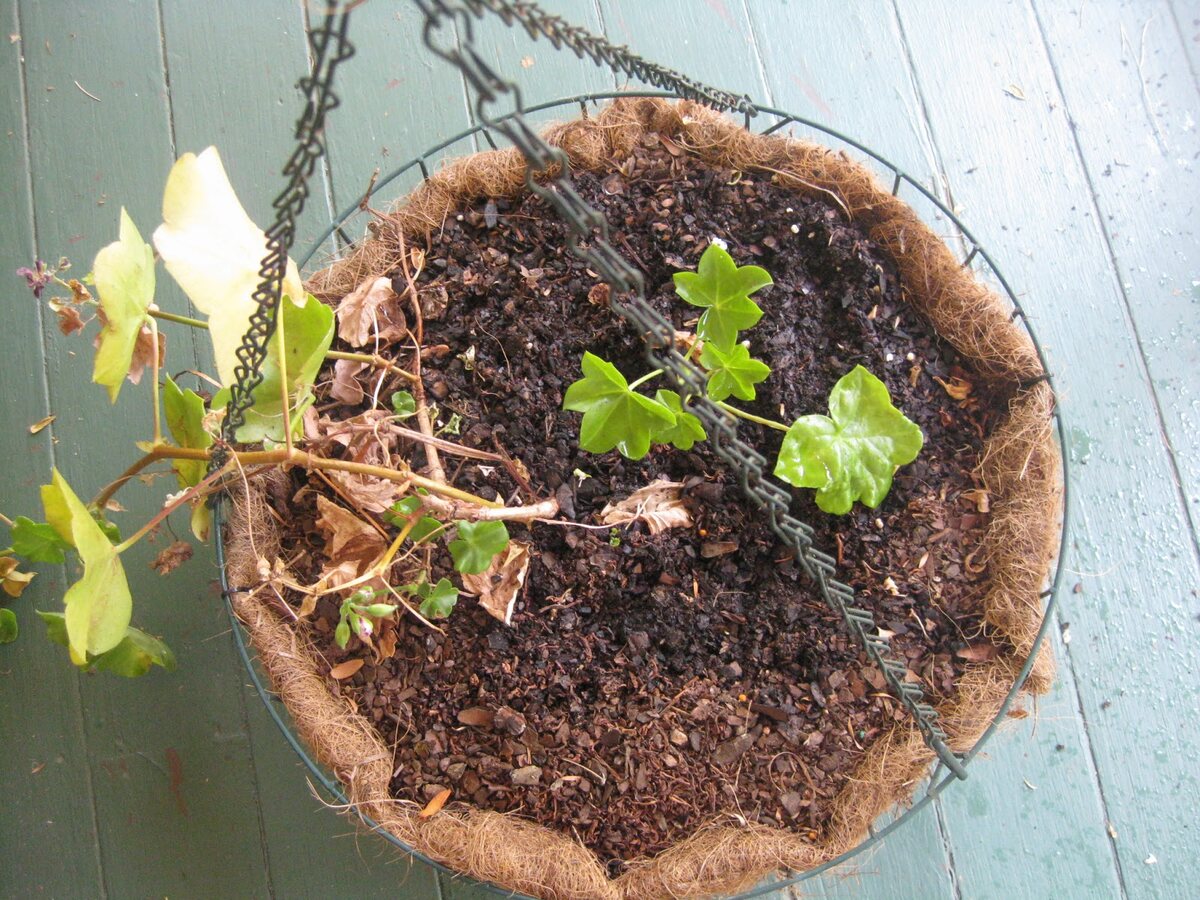
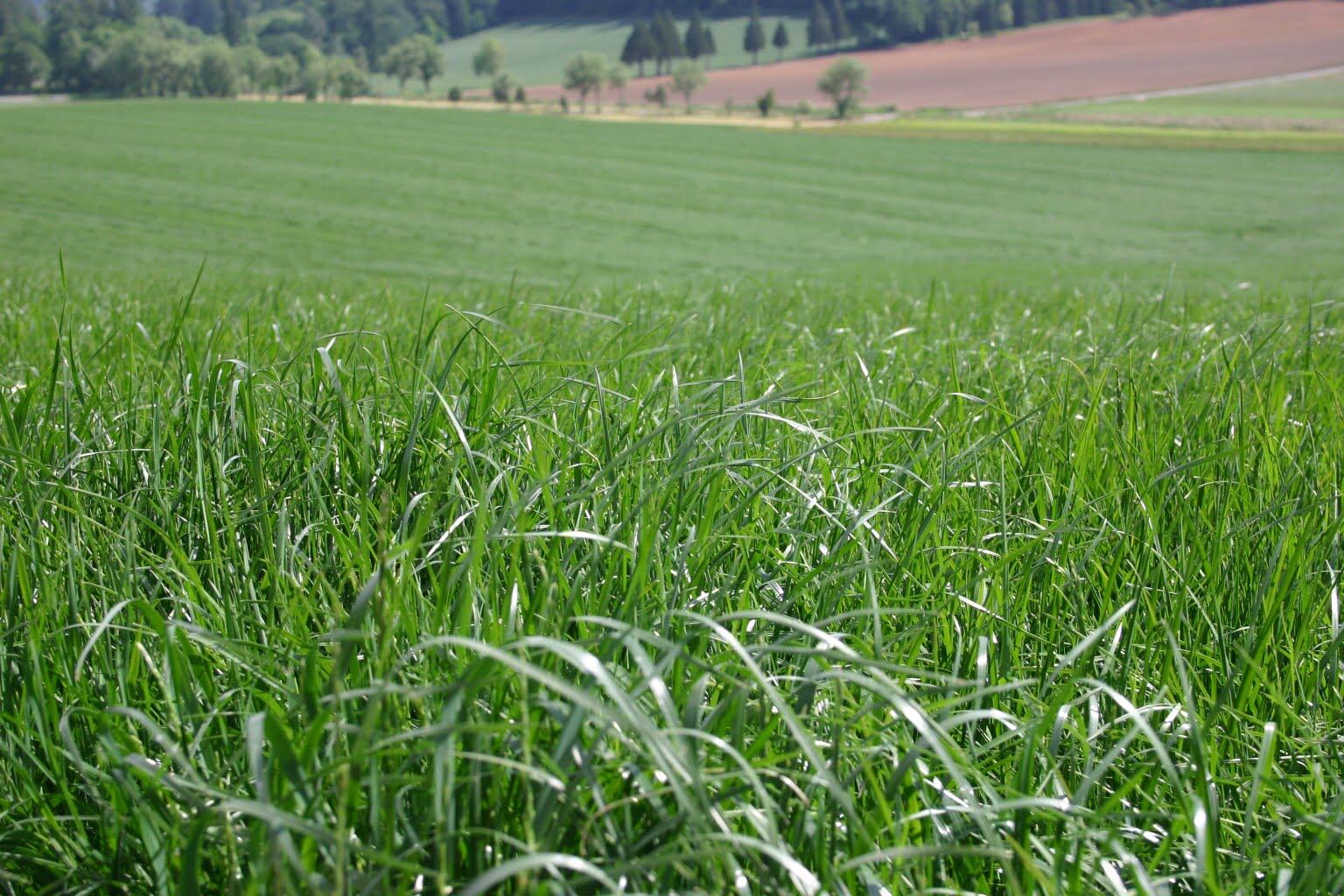


0 thoughts on “When Does Annual Ryegrass Die”